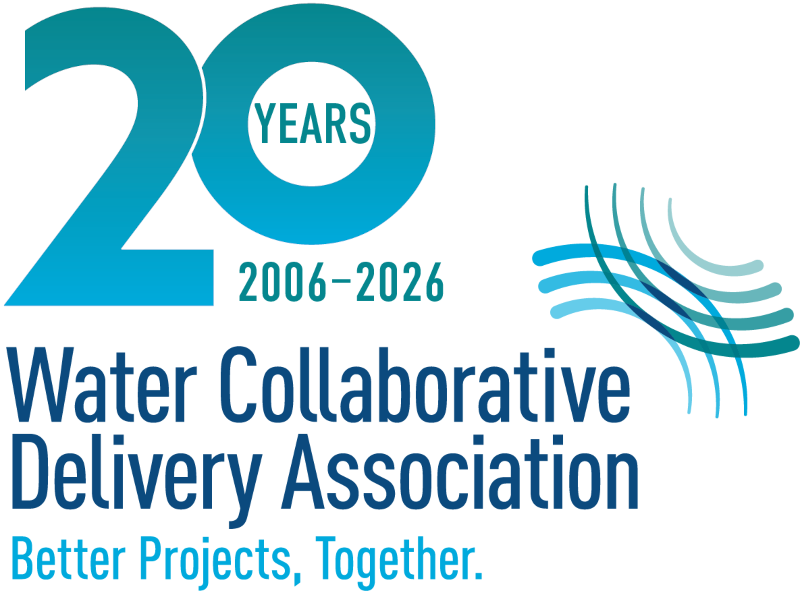Do you have a one-time mega-project that you don’t have the capacity or capabilities to deliver? Is your capital improvement program growing quickly and you need to equip your staff with the right skills and relevant knowledge to keep up with the rising demand? Do you need to decrease your average project delivery time due to rate-payer or political pressure? All of the above?
Whatever your reason for considering collaborative delivery, I can tell you as a prior owner, we tend to overlook the importance of investing in staff and organizational preparedness that’s fundamental to ensuring project success.
Twenty years ago, I implemented my first design-build project and fell into the trap of thinking that I didn’t need to prepare my staff when making this shift in delivery methods. How did this happen? I had believed that being an executive level leader who had attended conferences and completed courses was all that was needed to make a project successful. Since then, I’ve modified my mindset as a leader. I’ve learned how to lead with my actions, behaviors, and, most importantly, to make an investment in staff and future team members.
I’d like to share my list of Top 3 action items for owners to consider before issuing an RFQ for a collaborative delivery project.
- Establish an integrated leadership team (maybe even a committee).
- The team should consist of eight or less key decision-makers (more than eight becomes unmanageable). Choose people with positional and personal leadership skills from the following functional areas: legal, procurement, planning, permitting, design, project controls, construction, and operations & maintenance.
- The team should have a chairperson who is comfortable empowering the team to commit and manage resources (within their authority) to make timely, effective decisions. The team should emulate your goals and style without you needing to be there.
- The team should have a charter (e.g., business purpose and goals, areas and limits of authority, communication protocols, and QA/QC processes) and the accountability for successfully delivering the project/program. The team should meet bi-weekly to establish their relationship with each other and discuss topics.
- Invest in training, education, and continual improvement.
- Training – Not just for the leadership team but for new staff and team members. Get “certified” and establish a “train-the-trainer” program to institutionalize this new knowledge and behavior as a core competency. These are your collaborative delivery mentors that provide consistency and continual improvement.
- Education – Engage your future teammates: the owner advisors, the technical design firms, AND the contractors. Learn how they view topics such as owner maturity, appropriate risk transfer and sharing, pricing (not cost) for variables like vendors changing their warranty, labor shortages, escalation, how they team, etc. Learn that the directness and transparency of a contractor is a GOOD thing!
- Continual improvement – Share learned lessons. Institute and invest in a “Plan-Do-Check-Adjust” culture that allows for improved processes, work environment, and outcomes.
- Establish modified, lean business processes.
- Develop a “project identification process.” This is applied to projects after they’ve been chartered and are not past the 30% design phase. The first step is to assess if the project will benefit (i.e., the probability of the project’s success increases) from the early involvement of a contractor. We call this the “goodness of fit” step. Note that not every project should use collaborative delivery and that collaborative delivery is not the panacea for fixing performance issues or morale.
- Establish organizational assets that align with collaborative delivery. This includes a decision-resolution matrix for internal use as well as a project-specific matrix. It should include a time element wherein a decision is allowed to linger at a certain level for a defined amount of time before it’s automatically transferred to the next level up. I’ve found that the technical basis of the decision doesn’t improve much over a certain period; and once you’ve passed that point, the inefficient use of time is detrimental to project outcomes.
Collaborative delivery can be a successful tool in your toolbox. Preparing your staff and gaining a deeper understanding and appreciation for the people, mindset, and processes will help ensure a smooth transition.

